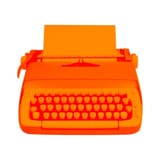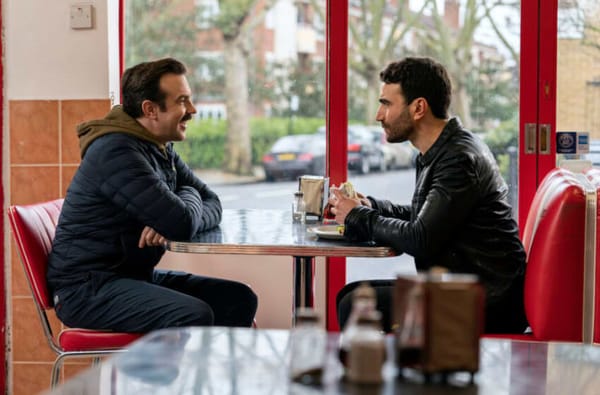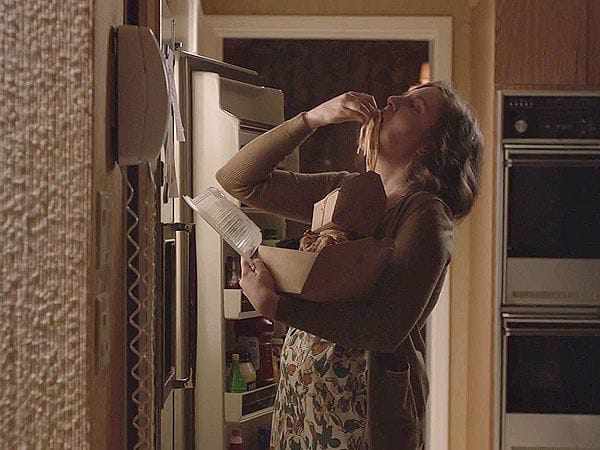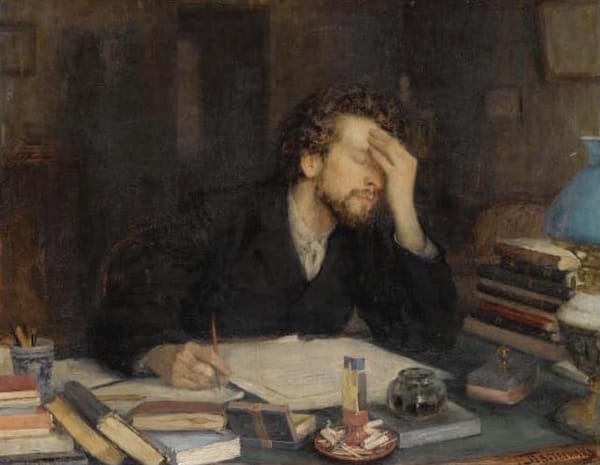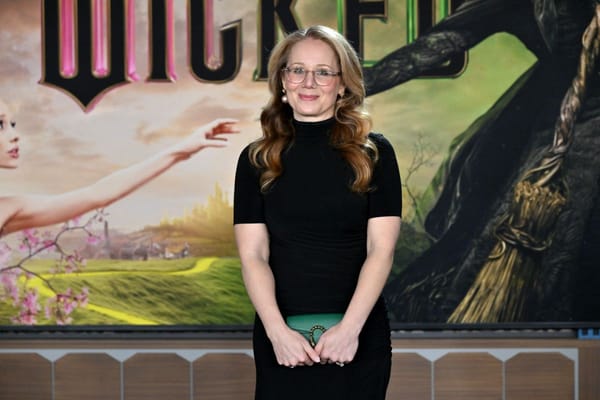Scriptnotes Recap: Episode 680, Writing Action Set Pieces with Christina Hodson

This is only the third recap I’ve done, and I’m assuming that by this point you’re onto me. I highlight that we spoke with a celebrity filmmaker, offer pithy but ultimately empty insights about them, highlight a few bangers from the conversation, and then you click through to something smarter that Chris or John said.
But, come on... did you hear the Christina Hodson episode?
For those who didn’t, it wasn’t even an interview -- Craig was busy working on some TV show that’s about to premiere, so on a lazy Friday afternoon Christina came over to the office and stepped in as a guest host. We talked about writing action and played a little round of How Would This Be a Movie. Standard Scriptnotes stuff.
But it’s not what you do, it’s how you do it.
Christina is crackling with ideas. She is puckish and pragmatic in equal measure. And because of Christina’s insights, it was one of the best Scriptnotes craft episodes in recent memory (We know this because some ma-ha-ssive writers have told us as much. You might hear one on a future episode...)
The whole episode is gold and you should definitely check it out, but I wanted to focus in on her particularly brilliant advice about writing action. Like all the masters, she makes it sound so simple:
Know the geography of a scene
Christina: The big thing I find really frustrating is when the writer clearly has zero sense of the geography of the space.
When you read a writer who has a good handle of the geography of the scene they’re writing in – it can be in any genre, you can tell even in a drama when someone has a handle on the geography of a scene, because they use whether or not someone is in the room, out of the room, coming in, walking in, sitting down, standing up. All of the spatial stuff that adds tension and storytelling and character is there on the page, whatever the genre. A really good writer always has a sense of the geography of the space.
Feeling is the main thing. You can change so many things about the way the action plays out and the specifics of the space, but the feeling should stay vaguely the same. You should know what you want it to feel like, the intensities, the ebbs and the lulls.
Keep it relevant
Christina: Sometimes people feel like, because they know they want the set piece to be two or three minutes long, they have to cover two or three pages, but they don’t actually have anything to say for two or three pages. They just write stuff and you get so bored and so lost.
Stay consistent
Christina: When you’re doing the first draft, forget the rules. Find your style. You can basically break the rules and do it however you like as long as you’re consistent with yourself.
It’s really annoying when people switch up. Whatever you’re going to do, make it your style, but then stick to it throughout. Otherwise, it gets crazy making.
For anyone in the middle of a vomit draft (me) that is harrowing to hear, because the current geography of my scenes are: there's now magically a window here because I need there to be. And god knows why I threw that "ANGLE ON:" in there.
But she's right, these logical 404's accumulate. Any friction for the reader is killer, but correcting all of it can feel overwhelming. Luckily she also had practical ways to smooth out your read and let your ideas come through:
Just the right amount of specificity
Christina: Specificity is a real Goldilocks one. Either people are way too specific, and they’re using all these terms for martial arts that you wish you knew, but you don’t, or they’re not specific enough and it’s just like, “Uppercut, uppercut.” That’s a bummer, too. Listen, we all know there are some writers who write, “This will be the coolest car chase you’ve ever seen,” but don’t do that.
John: Never do that. When you see that in a script, you feel like they’re embarrassed. They recognize it’s going to be hard to do, and so they just don’t want to actually do it.
Christina: I look at it as zooming in and out as well, particularly in things like battle sequences.
I’ve had to write a few big scale battle sequences where you’ve got hundreds of people and then key characters that you have to follow. For me, often that is about picking the moments that you want to highlight.
Then also have moments where you zoom out, particularly if it’s a big, long battle sequence. Go from a tiny detail of swords clashing between two characters you know, and then zoom back out to what it feels like to be on that battlefield.
I’m not saying never use specific martial arts terms. If it’s relevant, because it’s a character who’s just learned a thing that they didn’t know, like Neo, sure, it’s fucking cool to drop in a term. And it doesn’t matter that the reader doesn’t know exactly what that kick looks like, because that helps inform the way the character is experiencing it too.
Describing things that don’t exist
Christina: It’s one of the bits I love the most. It’s the bit of our job that feels most like playing.
I literally will get the toys and play with them. For Transformers, I made them send me Bumblebees, which, by the way, was really hard to get. I wanted the toys, because for me, there were things like the way they transform and using action through the way they’re transforming. That is incredibly hard to write because it’s nebulous.
When you’re writing that stuff that doesn’t exist, you have to pick a lane on how much you’re going to describe stuff. Because you can’t go into crazy detail and just put every new nebulizer and whatever. You just can’t, because it gets so boring on the page. You also need to create a sense that this is otherworldly and it is different. It’s a really tricky balance.
John: Then on the page, how are you talking about transforming? Are you describing those middle states? Are you describing how a limb is shifting from one thing or phase to another?
Christina: I have two things that inspired me. One is that I wanted the kids in the audience to feel the way I felt when I was a kid and I was playing with Transformers. Which sometimes it’s really fucking tricky and you’re trying to bend that arm back into a bloody door and you can’t. I wanted do that for Bumblebee. He’s a broken robot. I wanted to feel that. Mostly, I would go by the way it felt for the characters doing it.
Then for Charlie, Hailey Seinfeld’s character, I went with what does it feel like around her? Often, that was more about scale and sound rather than specifics of names of pieces and things. What would it be like if your sweet little Volkswagen Beetle just stood up and towered over you? Playing with sounds, feelings, scale, things like that.
Being deliberate with all-caps
Christina: Sound I do in caps, generally. In action, it gets so tricky because there’s so many loud moments and there’s so many big moments and crashes. If you do every crash and bang and whatever, capital can get too much.
I have had one hilarious experience in a studio job with an old school, terrible producer person who is no longer with us, so I can shit all over him. He was a mean, mean man. He once told me that a set piece I’d written, he was just like, “This is dead. This is nothing. This is terrible. You got to rewrite this completely. There should be real punch in it.”
I was not this much of an asshole, I only did this because this was 17 free drafts and it was early on in my career: I just added caps and underlined the scene headings. I didn’t change anything else. I resubmitted it and he was like, “This is incredible. This is what I’m talking about. This has real pizzazz.”
He just needed capital letters.

I’m already over my word allotment for this blog, but if you found this advice useful and want to listen to Christina go into actual plot-breaking mode on some true stories, go listen to the episode – she's so deft it even caught John off-guard.
Hopefully she comes back soon, because Christina Hodson kicks ass.
For our entire catalog of conversations like this, sign up to become a premium member at Scriptnotes.net
